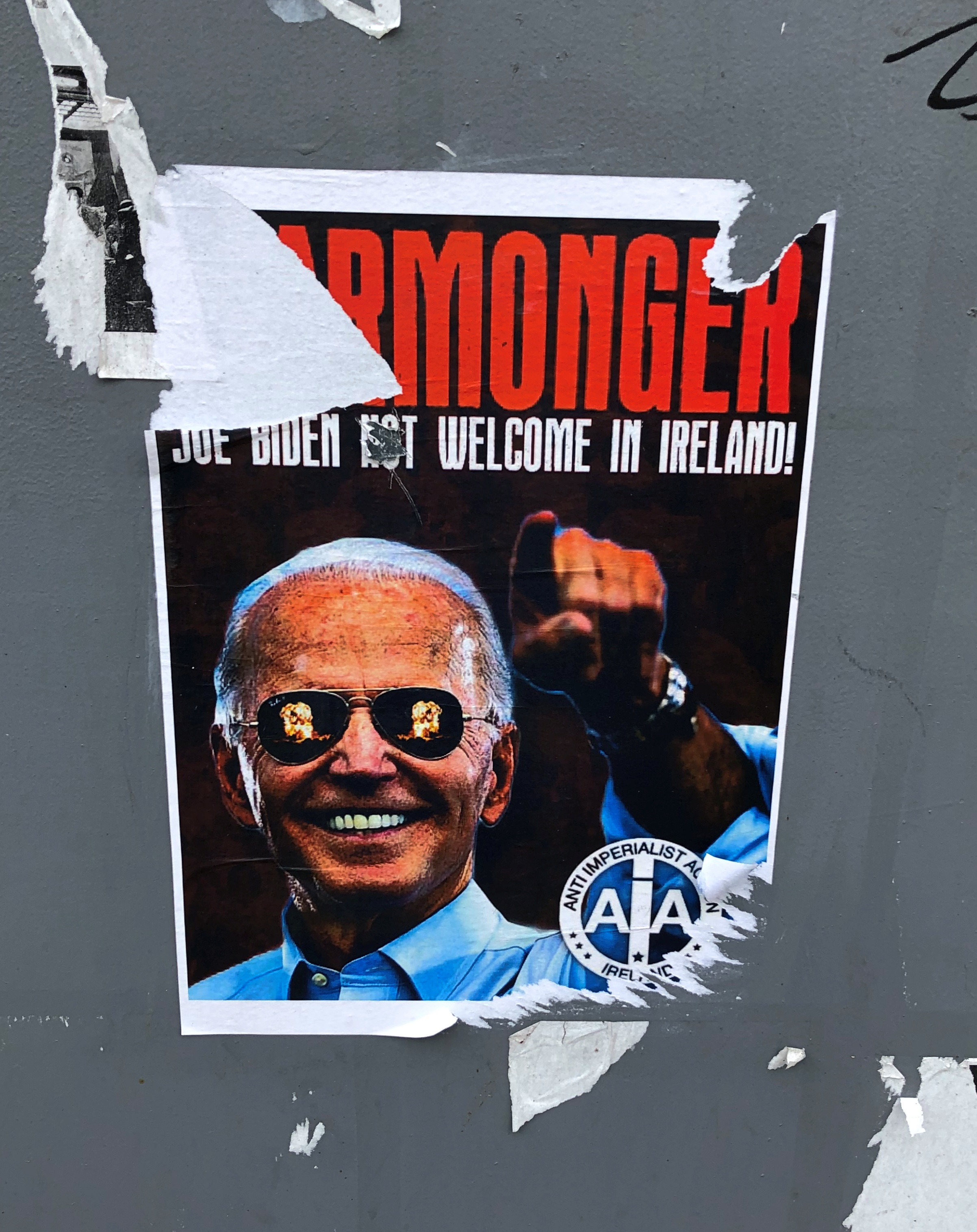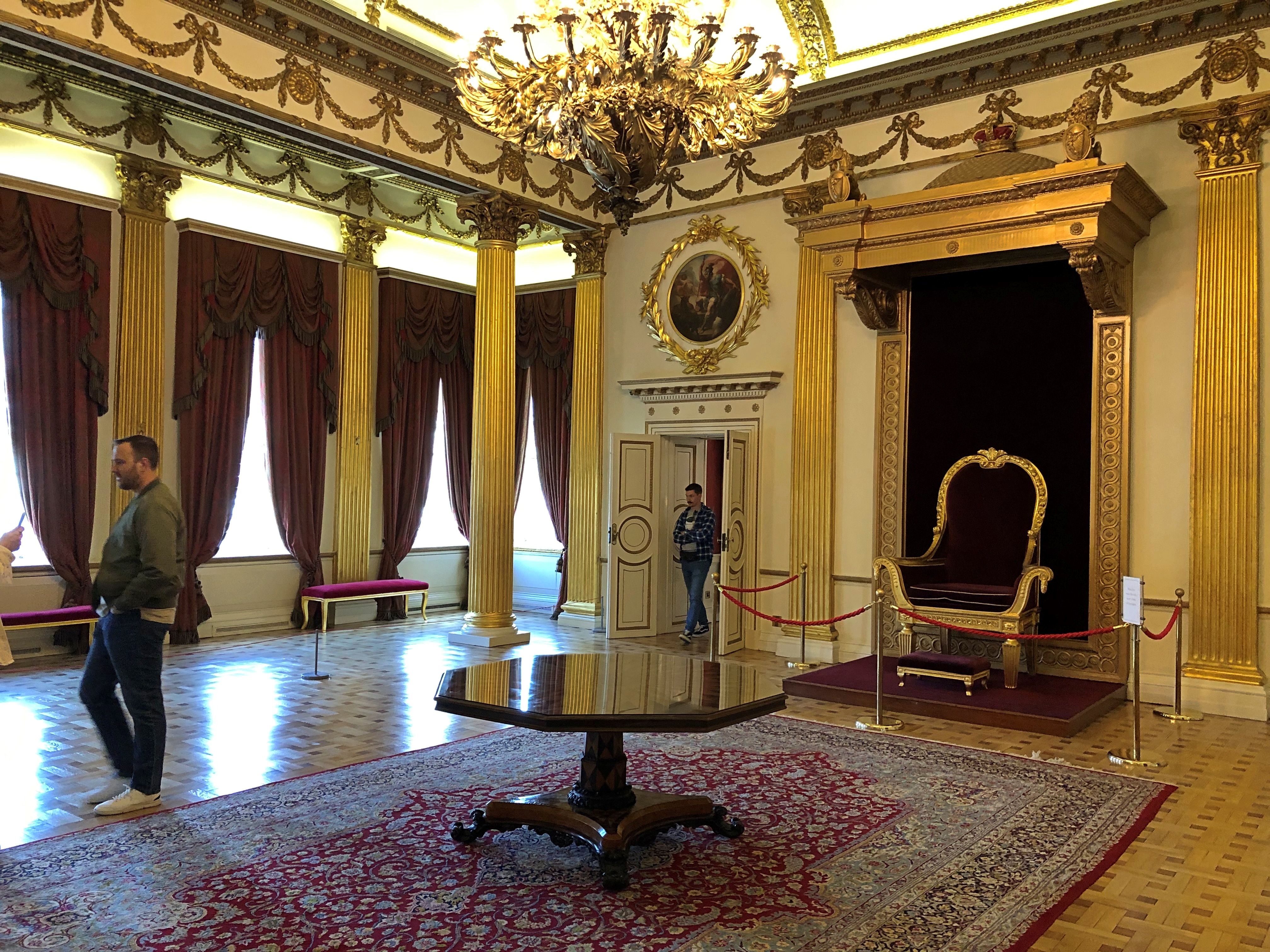For someone who has been dead for over 800 years, even a monarch, King John of England is surprisingly well remembered. For signing Magna Carta, of course, but also losing most of France, trying to kill Errol Flynn, etc.
Another thing to remember about John: In the early 13th century, he ordered the building of a castle in Dublin to help consolidate Anglo-Norman rule, which it did. Over the centuries, via a convoluted and often violent path, the castle then buttressed English rule, then British rule, then famously the structure was turned over to the Irish Free State on January 16, 1922. These days, it houses various offices of the Republic of Ireland, including one whose antecedents were probably functioning from day one under King John.
To this day, the structure is called Dublin Castle, though it was mostly redeveloped into a Georgian palace after a major fire in the 17th century. Besides housing government offices, and rooms for state occasions, the Castle is a major tourist attraction.
We took a tour one afternoon. Our garrulous red-headed tour guide from County I-forget-which-but-not-Dublin had a lot to say, as you’d expect. We had a particularly interesting discussion about the theft of the Irish Crown Jewels from the Castle in 1907, a crime that has never been solved. I asked her if there had been any suspects, and she said yes, quite a few, including a ne’er-do-well brother of the explorer Ernest Shackleton.
The enclosure is expansive, and roughly the size it would have been in the early years.

Elements of the medieval castle do survive. Some stubs of its walls are now underground, which you climb down stairs to see, and two of the four original towers still stand above ground. One is the Record Tower, the crenellated structure in my image below that is currently closed and being restored as an additional tourist element.
Next to the Record Tower is the Chapel Royal, which was added in the 19th century as a private chapel for the Viceroy of Ireland and his family. That was open.

As befitting its era, it was built in the Gothic Revival style. There was a good deal more Gothic Revival in Ireland than I expected.
Next stop: the State Apartments. That is, the fancy rooms used for official functions. They are well trod, and not just with tourists.
“Over the centuries, those entertained at Dublin Castle have included Benjamin Franklin (1771), the Duke of Wellington (1807), Daniel O’Connell (1841), Queen Victoria (1849, 1853, 1861 & 1900), Charles Dickens (1864), Countess Markievicz (1905), Princess Grace of Monaco (1961), John F. Kennedy (1963), Charles de Gaulle (1969), Nelson Mandela (1990) and Queen Elizabeth II (2011),” says the castle web site.
The seven signatories of the Proclamation of the Republic, whose executions soon came to be seen not just as a crime, but a blunder, have a place of honor near the entrance.
The State Corridor, featuring portraits of the presidents of the Republic, none of whom I could say I’d heard of. Now I have.
Intriguing that officialdom of Republic has not, for the most part, scrubbed the Castle of reminders of Ireland’s past as part of the British Empire. There in the drawing room, for instance, is Queen Victoria, by John Partridge (1840).
“[The Throne Room] was created in 1788 as an audience chamber in which the Viceroy received guests on behalf of the British monarch…” notes the castle. “The throne was made for the visit to Ireland of King George IV, in 1821. It was later used by Queen Victoria and King Edward VII during their visits to the Castle. The last monarch to use it before Irish independence was King George V, in 1911.”
“This room takes its name from the collection of portraits of Irish Viceroys that have hung on its walls since 1849. The room’s main function was as a dining room where State dinners were held… The room continues to be used for State receptions by the Irish government today.”
Largest of all is St. Patrick’s Hall, where events for state visitors are held, and the presidents of the Republic are inaugurated. Ceiling by Italian artist Vincenzo Waldré, who made his living in England and Ireland.

Not too long ago, President Biden was the guest of honor at a banquet at St. Patrick’s Hall. I understand he was well received in Ireland, but not quite everyone was happy about his visit.
A leftover poster we spotted nowhere the Castle, but rather on a wall on an otherwise colorless street not far from the Guinness brewery.



